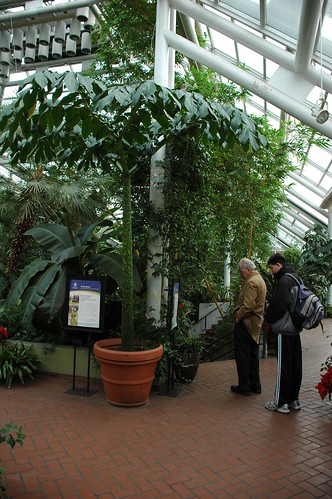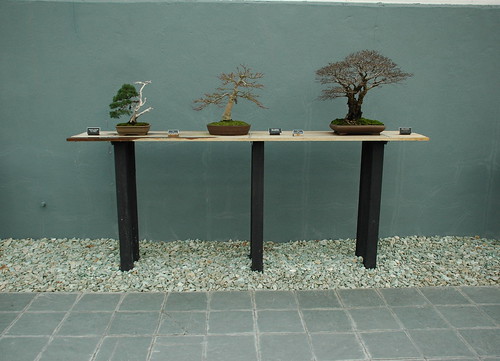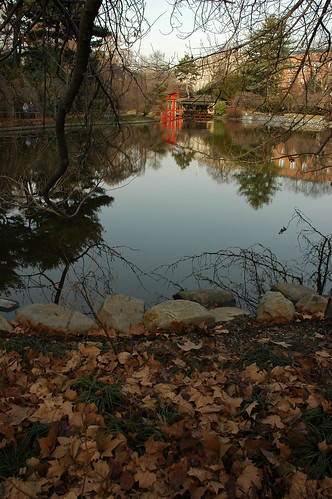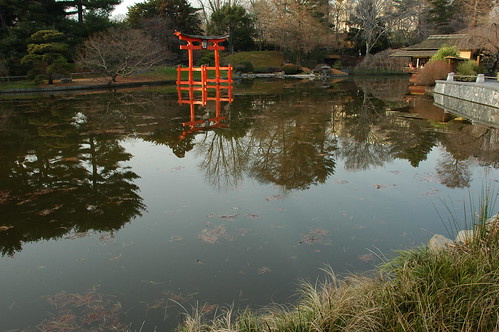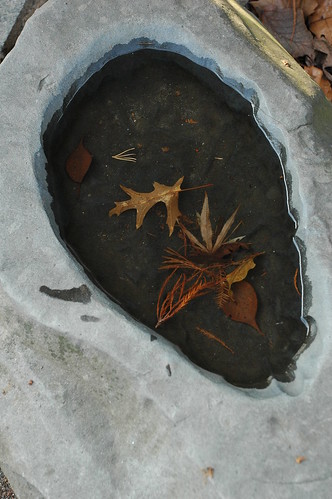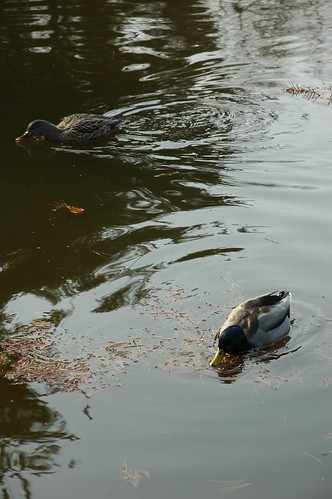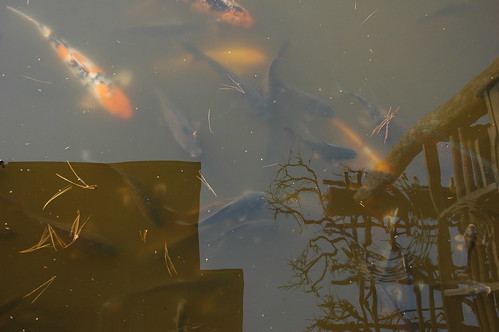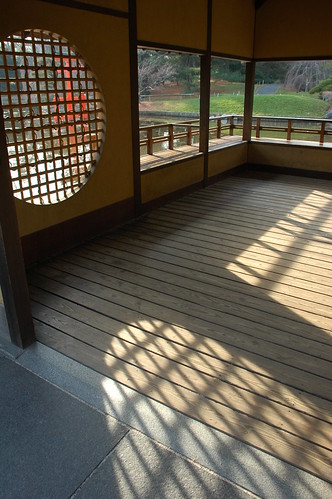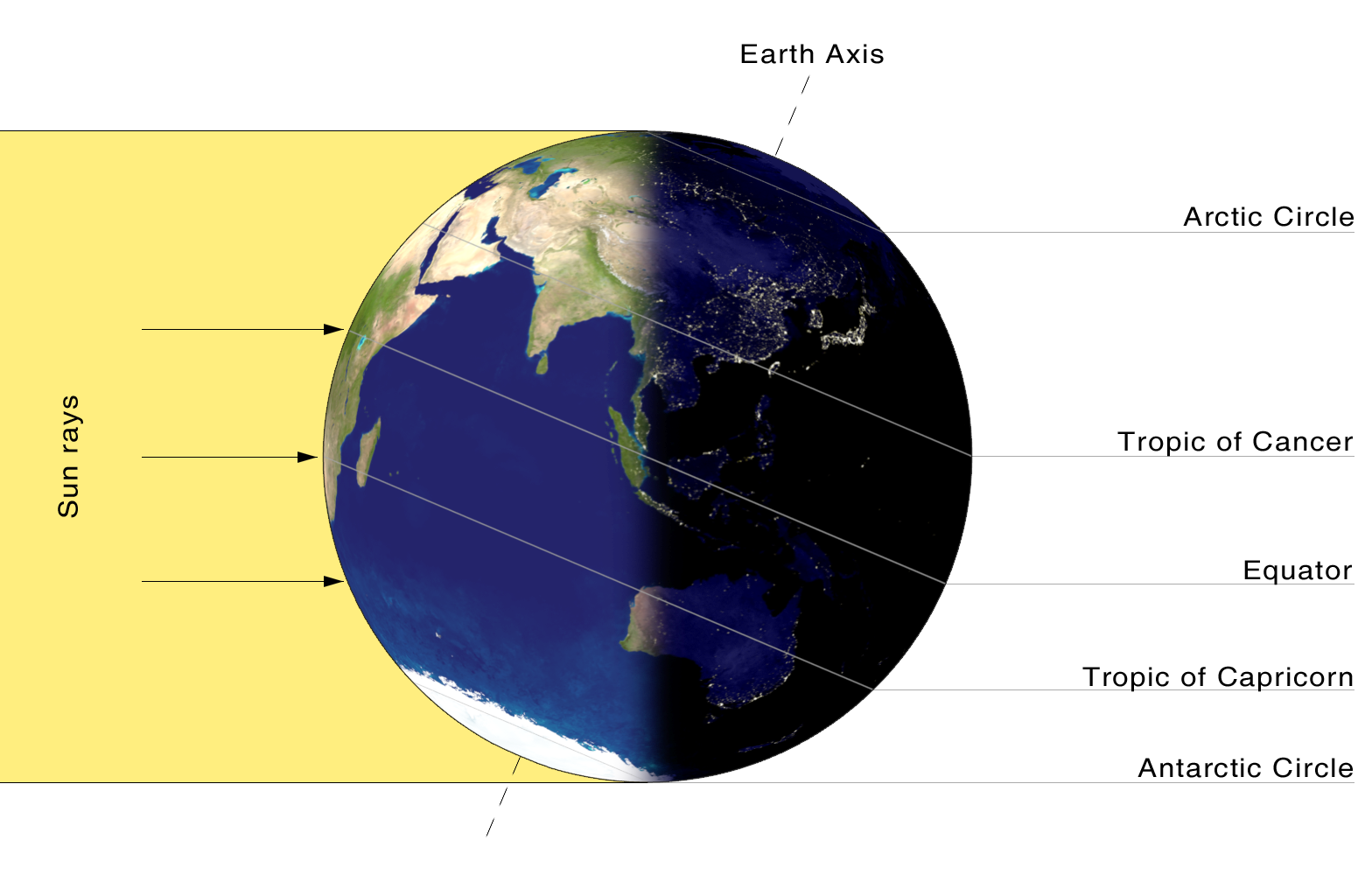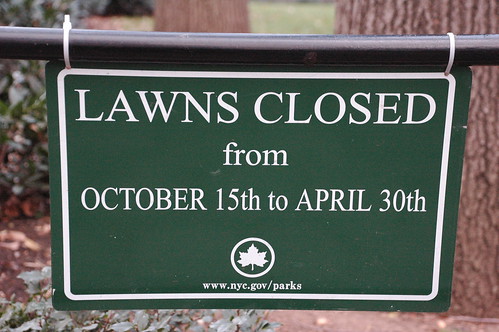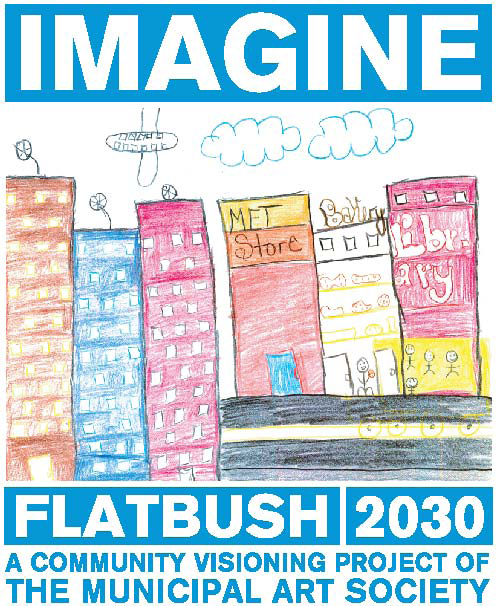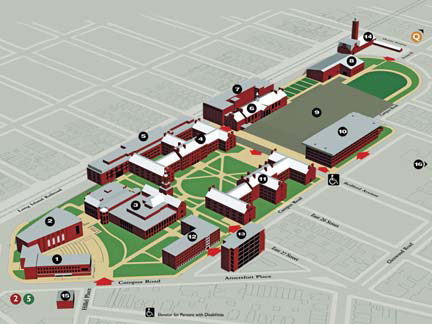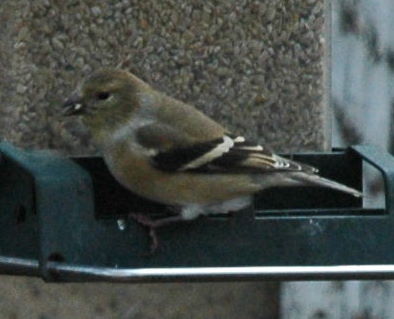Center Hall, BBG Lab and Admin Building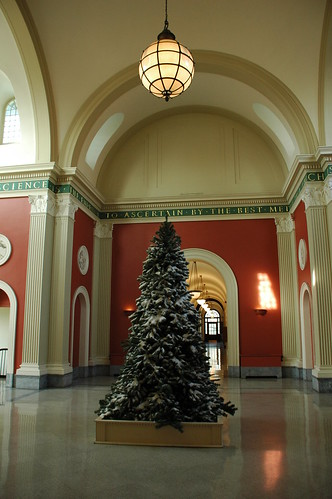
Last Friday I visited the Brooklyn Botanic Garden. It started out as a beautifully sunny day, clouding over as the afternoon progressed.
Admission to the gardens is free for non-members on weekdays through February.
The occasion or excuse for my visit was to register for the first course in their Certificate in Horticulture program. Their Winter sessions were already booked, but I was able to sign up for the Spring session, which starts in April. Outside of work, this will be my first classroom education since I studied American Sign Language over 25 years ago.
All that aside, it was a beautiful day. Here are some highlights from my visit.
Baby
Baby, BBG’s specimen of the Titan Arum, Amorphophallus titanum, is in leaf this year. Each year, the Titam Arum will either flower or, more usually, put out a single leaf.
This whole structure is a single, giant compound leaf.
The petiole, shown here, has the same distinctive mottling I saw on the base of last year’s inflorescence.
“Baby” in bloom in August of last year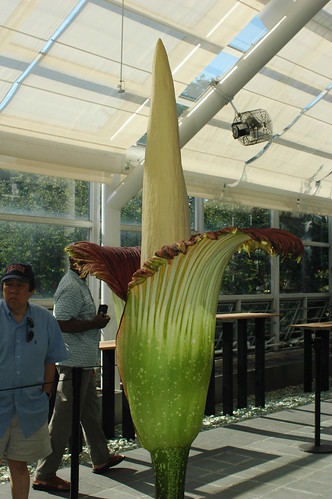
Bonsai Museum
Camellia japonica “Julia Drayton” trained as a bonsai in the literati style
Detail of the roots and moss at the base of a cascade style bonsai of Pinus mugo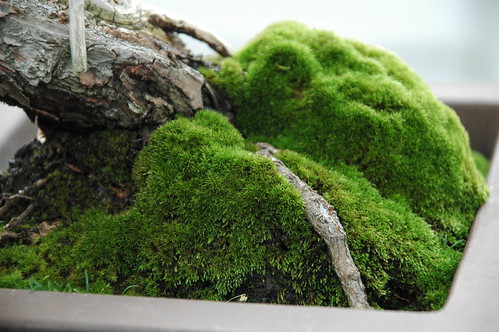
Magnolia Plaza
The photo at the top of this post is from inside BBG’s Laboratory and Administration Building. That’s where I went to register for my course. Here’s a view of the center hall from the outside of the building, taken in March of 2007.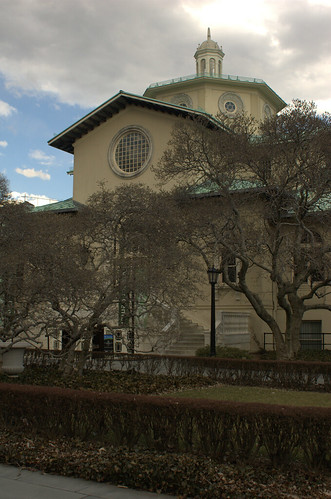
And here’s a view of that main entrance from the inside.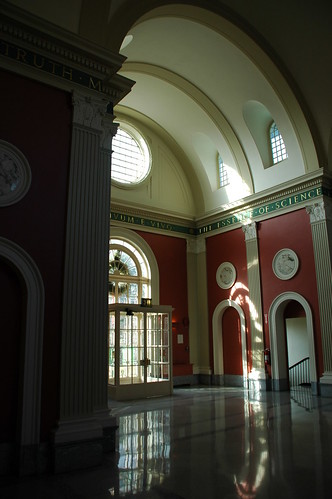
BBG’s Lab Admin building was landmarked earlier this year.
The Magnolias themselves seemed to be in bud, a couple months too early.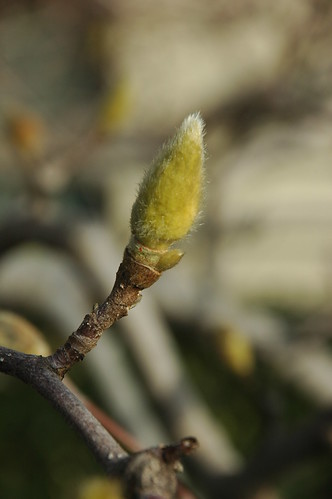
Hopefully, they’re smart enough to not get too optimistic. We’ll have lows in the teens this week.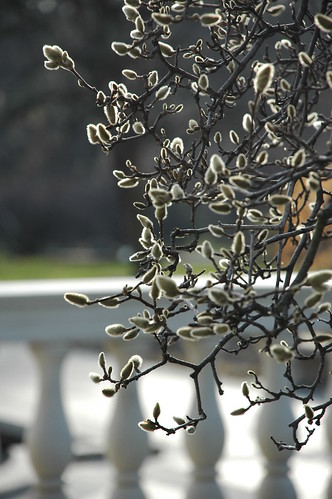
Not everything was as monochromatic as the photo above suggests.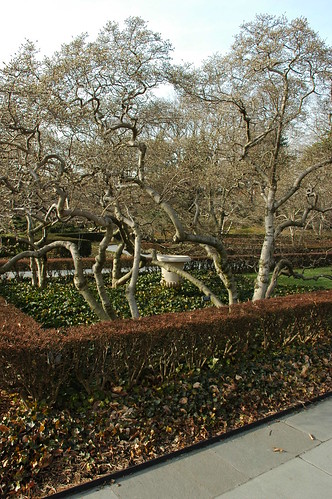
Athyrium nipponicum and Helleborus foetidus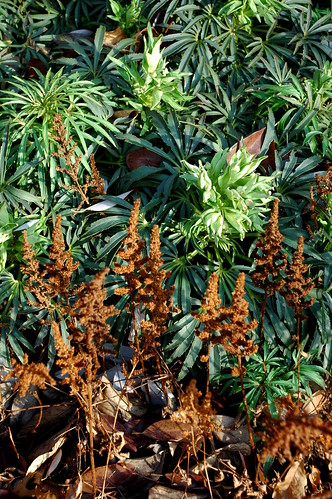
Japanese Hill & Pond Garden
The highlight of my visit, as I expected, was the Japanese Garden.
It being a weekday, and the middle of winter, and the middle of the holiday week, I almost had the garden to myself. I even had a precious couple of minutes when there was noone else there, which has never happened on any of my previous visits. It was lovely.

